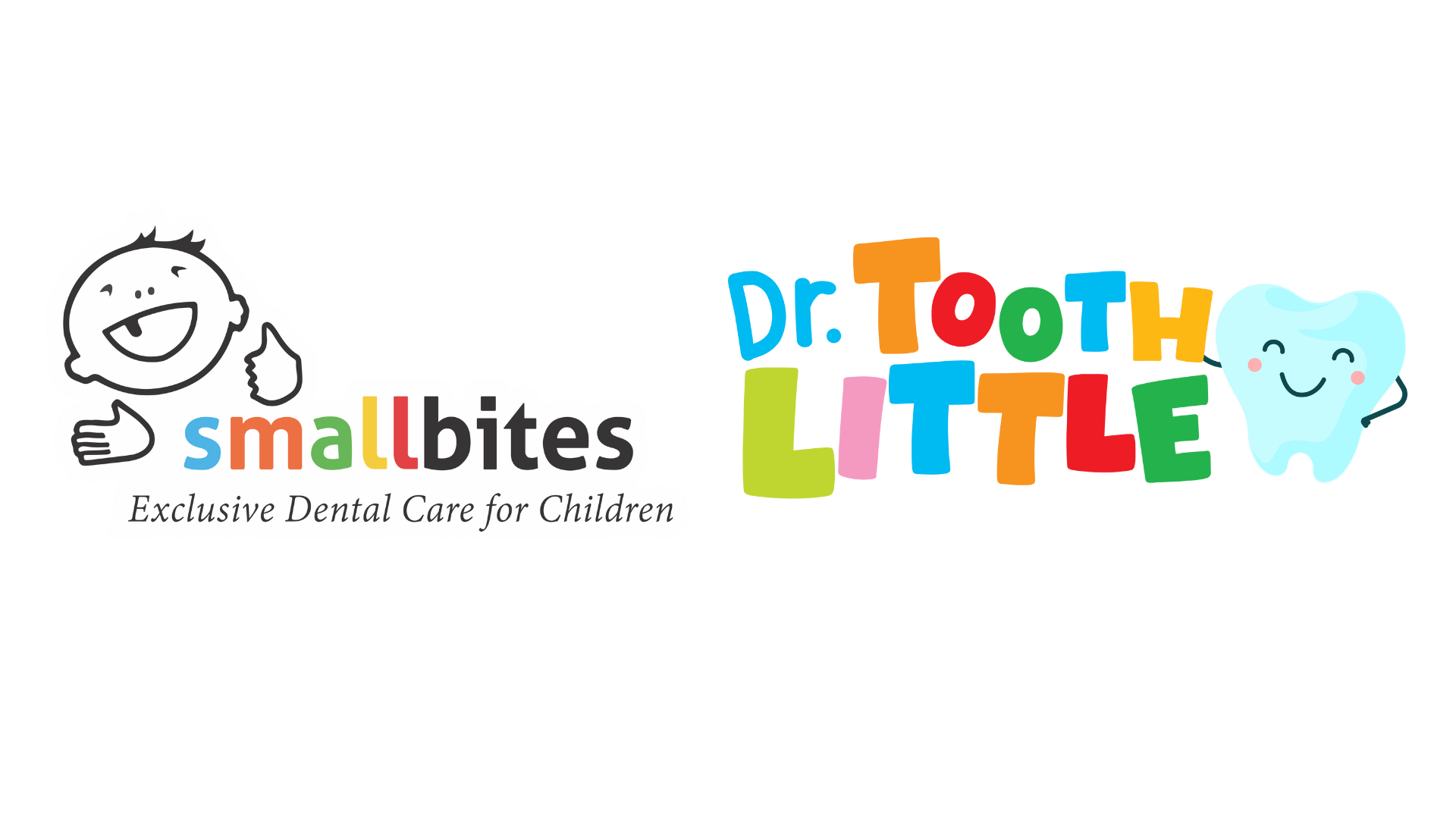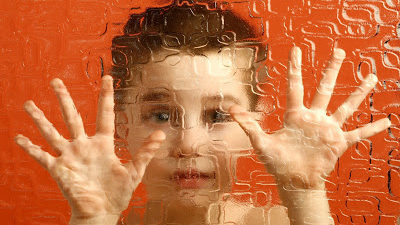Gums are one of the child’s most sensitive body tissues. Because they surround the teeth and support the mouth and because teeth are continuously changing and growing, gums go through stress, get diseased and can cause much pain to the child when not taken care of.
As babies suckle, their gums mimic the action of the teeth. There is constant friction with the teat or bottle nipple. This can irritate the child’s gums. Once teeth emerge and as they break through, irritation can further exaggerate. Through all this, the mouth’s most sensitive tissue continues to grow and might not receive sufficient attention.
Massaging of gums in babies helps relieve much of the irritation, but milk and acids can slowly erode the tissue and cause infection. Periodontal or gum disease is one of the commonest dental ailment among children, goes unnoticed and can last for a long time as children grow. It presents differently at different ages and can be very aggressive when not looked into.
What are the different types of Periodontal or Gum diseases?
CHRONIC GINGIVITIS
The commonest problem among children, chronic gingivitis presents as inflamed, reddened gums, swelling and occasional bleeding. This gum disease is preventable and treatable without medicines if looked into regularly. Gingivitis needs proper brushing and flossing of the area around the gums. Any food particles stuck must be dislodged and basic mouth rinsing must be done after every meal.
AGGRESSIVE PERIODONTITIS
This gum disease affects older children and may occur suddenly, even in those who are otherwise healthy. Localised periodontitis occurs in young adults, affects first molars and incisors. This disease often goes unrecognised because it is charactersied by absence of dental plaque or calculus. However there is severe pain, loss of alveolar tissue and occasionally abcess formation.
GENERALISED AGGRESSIVE PERIODONTITIS
Around puberty is when this gum disease is generally seen, afflicts the entire mouth and is marked by inflammation. Children experience severe pain, large accumulation of calculus and plaque and this affects teeth causing damage and loss.
What are the Signs of Periodontal Disease?
Gum disease is slow and insidious and unless as a parent you check regularly, the signs and symptoms are very easy to miss.
- Bleeding – Mild spotting or bleeding during brushing and flossing or even eating are observed and should be cause for alarm.
- Swelling – Bright red and swollen gums with taut skin is another sign that can be observed in careful examination.
- Recession – Gums also recede away from the teeth, visible in exposed tooth roots. This is a very significant sign
- Bad Breath – Constant bad breath that does not go away with brushing or flossing is a very telling sign. It is important to understand that bad breath may not come from foods but from the acids that are interacting with food particles.
What are the preventive measures for Periodontal or Gum diseases?
It is a misconception that periodontitis appears only at a younger age. Children across all ages can suffer from gum disease. Routine dental visits that can find and treat it is a must. An advanced form of periodontal disease, can also indicate some disease originating from elsewhere so must never be ignored. Good dental hygiene often manages the signs and symptoms, but medication can be advised for severity. As the statement goes, prevention is always better than cure when it comes to gum disease.
Some preventive measures that parents can follow include,
- Set up good oral hygiene habits – As simple as this, it can’t be over stressed. Oral hygiene begins from a simple gum massage for babies and then at 12 months, progresses to gentle brushing with a soft bristled toothbrush with paste. Once gaps between the teeth close, flossing can begin as well.
- Be good role models – Children mimic parents and oral care is one thing they closely watch and learn
- Schedule regular dental visits – Periodontal evaluations, fillings and cleanings are very important to be followed up regularly
- Check child’s mouth often – Bleeding gums, red gums and receding ones can be picked up only when examined. The child will never speak what ails them, it has to be checked up by the parents.




